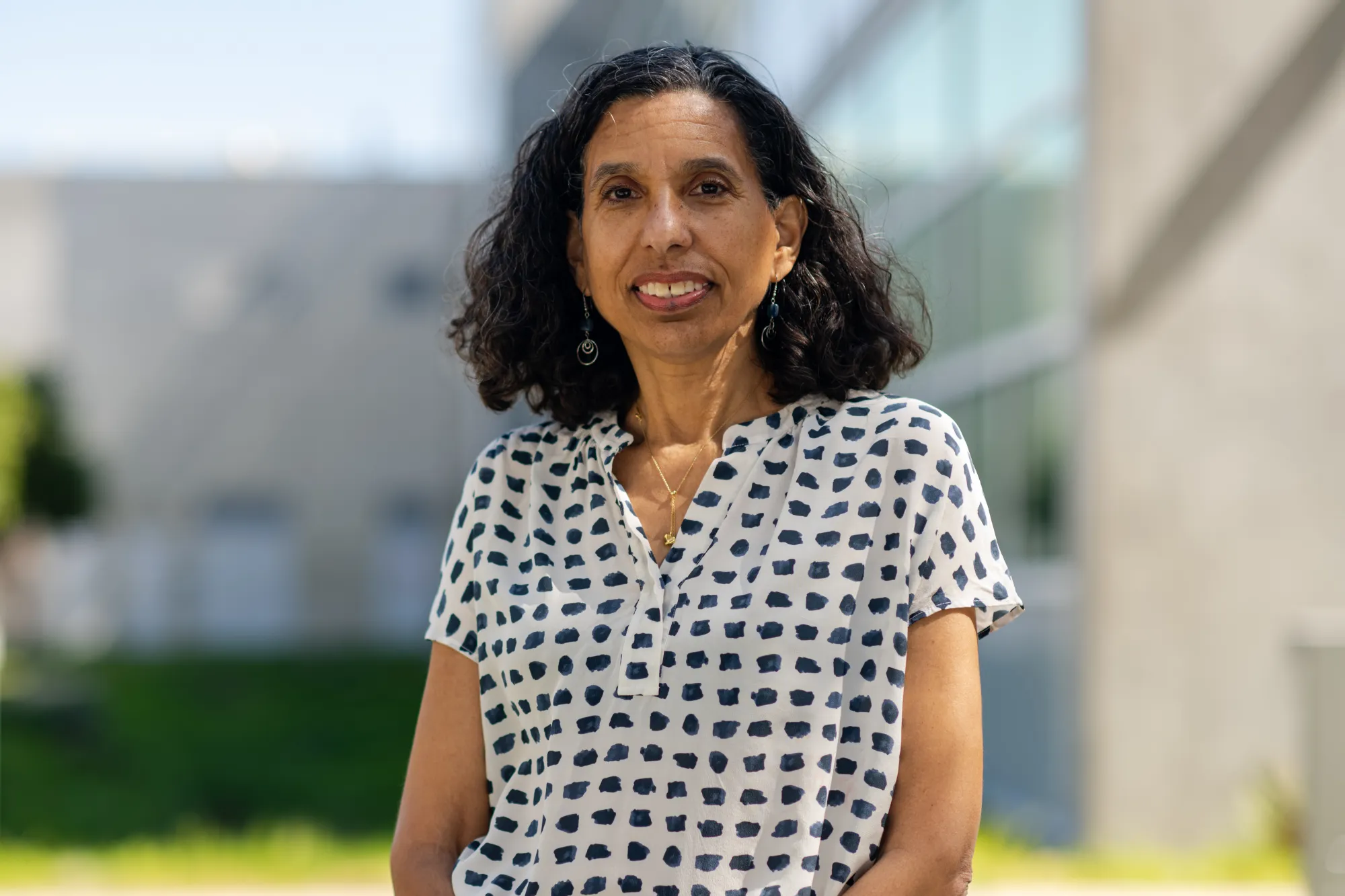“One of my proudest, happiest moments was watching an early-career researcher, who I met first when she was a graduate student conducting research and working on some new, innovative equipment. She was going to give a demonstration to a group of visitors, and as happened with me many times, everything works perfectly until the people show up – and the equipment wouldn’t do anything. So she took a few deep breaths and explained what we would have seen.
“And then she actually became a NASA Postdoctoral Program fellow. And I watched her scientific growth and her confidence increase, and I watched her research transition through different areas until … she finished her postdoc and she got a fellowship to do some additional work in another institution.
“And then we were both at a conference one time, and she pulled me over and she said, ‘Melissa, I just got a call,’ and she got this enormous grant … and I realized, ‘She has launched!’ … It was cool to watch the positive things. It was important for people to be there for her, to help her through the difficult times and tell her she could do it and [say], you know, ‘Just give it some more time.’
“She has become just like a force. She’s become one of the leaders in the astrobiology community, and I got to participate in all of that. And I’m so happy, and I know that there are going to be a ton more people who will follow in her footsteps, and I hope that I can interact with them also.
“… I’ve just seen such tremendous things happen since I’ve been part of the Astrobiology Program, and that’s why I’m pretty confident we’re going to find life elsewhere, because there are just so many brilliant people working on this.”
— Melissa Kirven-Brooks, Exobiology Deputy Branch Chief and Future Workforce Lead of the NASA Astrobiology Program, NASA’s Ames Research Center
Image Credit: NASA / Brandon Torres
Interviewer: NASA / Michelle Zajac
Check out some of our other Faces of NASA.
“我最自豪、最幸福的时刻之一是看到一位职业生涯早期的研究人员,我第一次见到她时,她还是一名研究生,正在进行研究并研究一些新的创新设备。她将向一群参观者进行演示,就像我多次遇到的情况一样,在人们出现之前,一切都运行良好——而设备不会做任何事情。所以她深吸了几口气,解释了我们会看到什么。
“然后她真的成为了NASA博士后项目研究员。我看着她在科学上的成长和信心的增强,我看着她在不同领域的研究转变,直到……她完成了博士后研究,她获得了奖学金,在另一个机构做一些额外的工作。
“然后有一次我们都在参加一个会议,她把我拉过来说,说,‘梅丽莎,我刚接到一个电话,’然后她得到了一大笔资助……我意识到,‘她已经成功了!’…看到积极的事情很酷。人们在她身边支持她,帮助她度过难关,告诉她她可以做到,你知道,‘再给她一点时间’,这很重要。
“她就像一股力量。她已经成为了天体生物学领域的领军人物之一,而我也参与了这一切。我很高兴,我知道会有更多的人追随她的脚步,我希望我也能和他们互动。
“…自从我成为天体生物学项目的一员以来,我看到了如此巨大的事情发生,这就是为什么我非常有信心我们会在其他地方发现生命,因为有太多优秀的人在从事这项工作。”
——梅丽莎·科尔文-布鲁克斯, NASA艾姆斯研究中心天体生物学项目副主任和未来劳动力负责人
图片来源: NASA / Brandon Torres
采访者: NASA / Michelle Zajac







